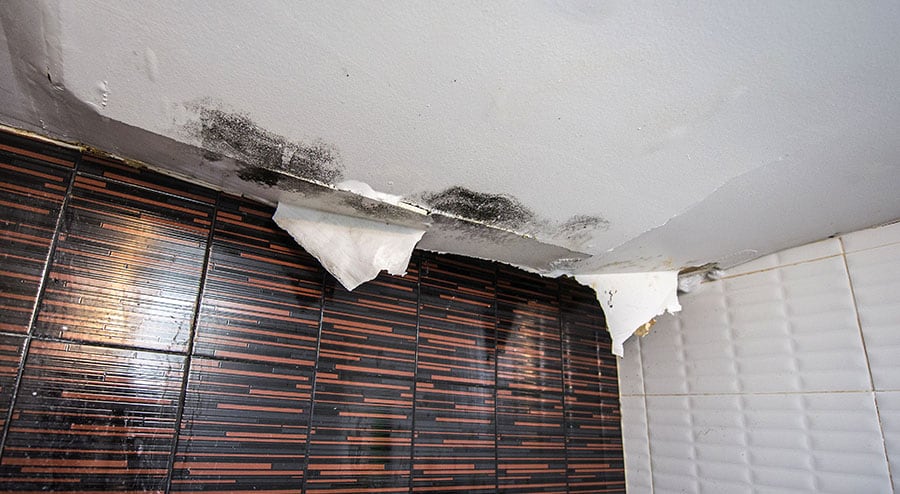Do's as well as Don'ts During Water Damage Emergencies.
Do's as well as Don'ts During Water Damage Emergencies.
Blog Article
Were you on the lookout for resources concerning Safety Tips To Prevent Fire And Water Damage?

Water offers life, but water breach on some parts where it's not expected to be can cause damages and also inconvenience. If the water leaks into your framework, it can peel off away the surface area and wear down the material's structure. Mold and mildew as well as mold additionally flourish in a damp environment, which can be dangerous for your and your family members's wellness. On top of that, homes with water damage odor musty as well as old.
Water can come from many resources like tropical storms, floodings, burst pipelines, leakages, as well as sewage system problems. It's much better to have a working expertise of security preventative measures if you have water damages. Right here are a couple of standards on exactly how to deal with water damages.
Do Prioritize House Insurance Coverage Insurance Coverage
Seasonal water damages can come from floodings, seasonal rainfalls, and wind. There is also an incident of an abrupt flooding, whether it originated from a damaged pipe that instantly bursts right into your house. To protect your home, obtain house insurance that covers both disasters such as all-natural disasters, and emergencies like damaged plumbing.
Don't Neglect to Turn Off Utilities
When catastrophe strikes and also you're in a flood-prone location, turn off the major electric circuit. Turning off the power avoids
When water comes in as water offers as a conductor, electric shocks. Do not fail to remember to turn off the main water line shutoff as a means to avoid more damage.
If the floodwaters are getting high, keep your furnishings steady as they can move around as well as trigger extra damages.
Do Remain Proactive and Heed Weather Notifies
If you live in an area plagued by floods, stay proactive and ready at all times. Listen to the news and also emptying warnings if you live near a body of water like a lake, creek, or river .
Don't Disregard the Roof
Your roofing professional needs to take care of the damaged rain gutters or any kind of various other indicators of damage or weakening. An inspection will certainly prevent water from flowing down your wall surfaces and saturating your ceiling.
Do Take Notice Of Tiny Leaks
There are red flags that can draw your interest and suggest to you some weakened pipes in your residence. Indicators of red flags in your pipelines consist of bubbling paint, peeling wallpaper, water streaks, water stains, or trickling sounds behind the wall surfaces. Fixing and also check your plumbing repaired prior to it results in substantial damage to your residence, financial resources, as well as a personal problem.
Do Not Panic in Case of a Burst Pipe
Timing is key when it comes to water damage. If a pipe ruptureds in your house, immediately shut off your main water shutoff to cut off the source and protect against even more damage. Call a respectable water damages reconstruction specialist for help.
Water provides life, but water invasion on some parts where it's not meant to be can result in damage as well as aggravation. In addition, houses with water damages smell old as well as stuffy.
Seasonal water damages can come from floodings, seasonal rainfalls, and wind. Indications of red flags in your pipelines include bubbling paint, peeling wallpaper, water touches, water discolorations, or trickling audios behind the wall surfaces. If a pipe bursts in your residence, promptly shut off your main water valve to cut off the source as well as avoid more damage.
Some Do's & Don't When Dealing with a Water Damage
DO:
Make sure the water source has been eliminated. Contact a plumber if needed. Turn off circuit breakers supplying electricity to wet areas and unplug any electronics that are on wet carpet or surfaces Remove small furniture items Remove as much excess water as possible by mopping or blotting; Use WHITE towels to blot wet carpeting Wipe water from wooden furniture after removing anything on it Remove and prop up wet upholstery cushions for even drying (check for any bleeding) Pin up curtains or furniture skirts if needed Place aluminum foil, saucers or wood blocks between furniture legs and wet carpet Turn on air conditioning for maximum drying in winter and open windows in the summer Open any drawers and cabinets affected for complete drying but do not force them open Remove any valuable art objects or paintings to a safe, dry place Open any suitcases or luggage that may have been affected to dry, preferably in sunlight Hang any fur or leather goods to dry at room temperature Punch small holes in sagging ceilings to relieve trapped water (don't forget to place pans beneath!); however, if the ceiling is sagging extremely low, stay out of the room and we'll take care of it DO NOT:
Leave wet fabrics in place; dry them as soon as possible Leave books, magazines or any other colored items on wet carpets or floor Use your household vacuum to remove water Use TV's or other electronics/appliances while standing on wet carpets or floors; especially not on wet concrete floors Turn on ceiling fixtures if the ceiling is wet Turn your heat up, unless instructed otherwise

I'm very occupied with Keeping Your Home Safe This Holiday Season and I am assuming you liked my blog posting. Sharing is nice. One never knows, you could be doing someone a favor. Thank-you for going through it.
Report this page